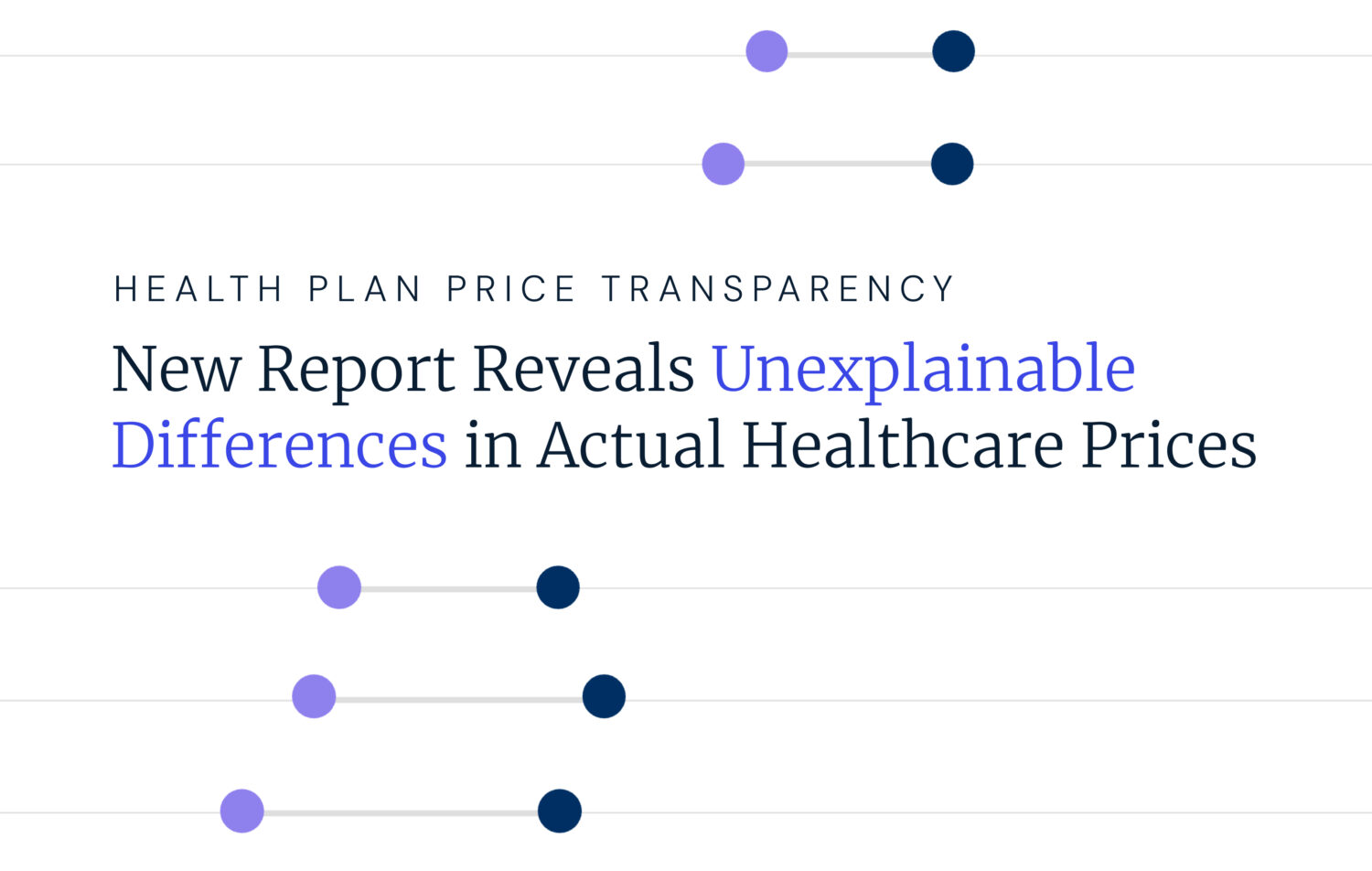
What You Should Know:
– Trilliant Health, a healthcare analytics firm, has released a new report that leverages data from the Transparency in Coverage (TiC) final rule to expose significant variations in commercial healthcare prices across the United States.
– The analysis, which includes data from 2,659 hospitals and 3,491 ambulatory surgery centers, highlights a “startling spread in prices” for the same procedures.
Information Asymmetry
The U.S. healthcare system spends more per person than any other country, with expenditures reaching $4.9 trillion in 2023. Despite this, the U.S. has worse health outcomes compared to its peers. While employers underwrite the majority of private health insurance for more than half of the American population, they have historically lacked the necessary information to make informed purchasing decisions.
According to the report, healthcare spending is a product of two factors: utilization and price. While the U.S. does not have higher utilization of medical services than other countries, Americans pay more for the services they receive. This price problem has been historically obscured by federal antitrust laws and contractual gag clauses that prevented the disclosure of commercial negotiated rates.
Allison Oakes, Ph.D., Chief Research Officer at Trilliant Health, stated that this information asymmetry has “stifled meaningful competition between providers and insurers” and that a market with proprietary prices is “doomed to fail”.
The TiC final rule, issued by CMS in 2020, was intended to address this issue by requiring health plans to publish monthly data on negotiated rates. However, the unprocessed, terabyte-sized files are complex, making them difficult for researchers, employers, and consumers to use effectively.
Extreme Price Variation Trends
The report’s analysis reveals several key findings:
- Extreme National and State-Level Price Variation: For six inpatient procedures, negotiated rates varied by an average ratio of 9.1 across the country. For example, the negotiated rate for a coronary bypass without major complications (MS-DRG 236) ranged from $27,683 to $247,902 nationally. Even within a single state like Pennsylvania, a UHC negotiated rate for a major small and large bowel procedure (MS-DRG 330) varied by a ratio of 4.8, with a price difference of $69,391 at a single facility.
- Payer-Specific Pricing at the Same Hospital: Different payers negotiate vastly different prices for the same procedure at the same hospital. Across six inpatient procedures, the average price difference between Aetna and UnitedHealthcare was equivalent to 30% of the average median procedure price.
- No Correlation Between Cost and Quality: The report found no observable correlation between aggregate measures of cost and quality within a sample of 10 “best hospitals”. This finding suggests that more expensive hospitals do not necessarily provide higher quality care.
- Outpatient Savings in Ambulatory Surgery Centers: The national median rate for five outpatient surgeries was consistently lower at an ambulatory surgery center (ASC) than at a hospital outpatient department. For a diagnostic colonoscopy, the median ASC rate was $2,454, or 67.5% less, than the median rate at a hospital outpatient department. This represents a potential aggregate savings of more than $4.5 billion annually for just one procedure.
The extreme variation in prices for the same service is identified in the report as a form of waste. With the availability of granular, facility-level data, employers can now fulfill their fiduciary duty under Delaware law to make informed business decisions about healthcare benefits.
“The report reveals a startling spread in prices that begs for explanation, not rationalization or justification,” continued Oakes. “Employers finally have the information they need to understand the value of the healthcare services they purchase and that their employees receive, while hospitals and payers can be held accountable for value for money.”For more information about the report, visit https://www.trillianthealth.com/market-research/reports/2025-price-transparency
